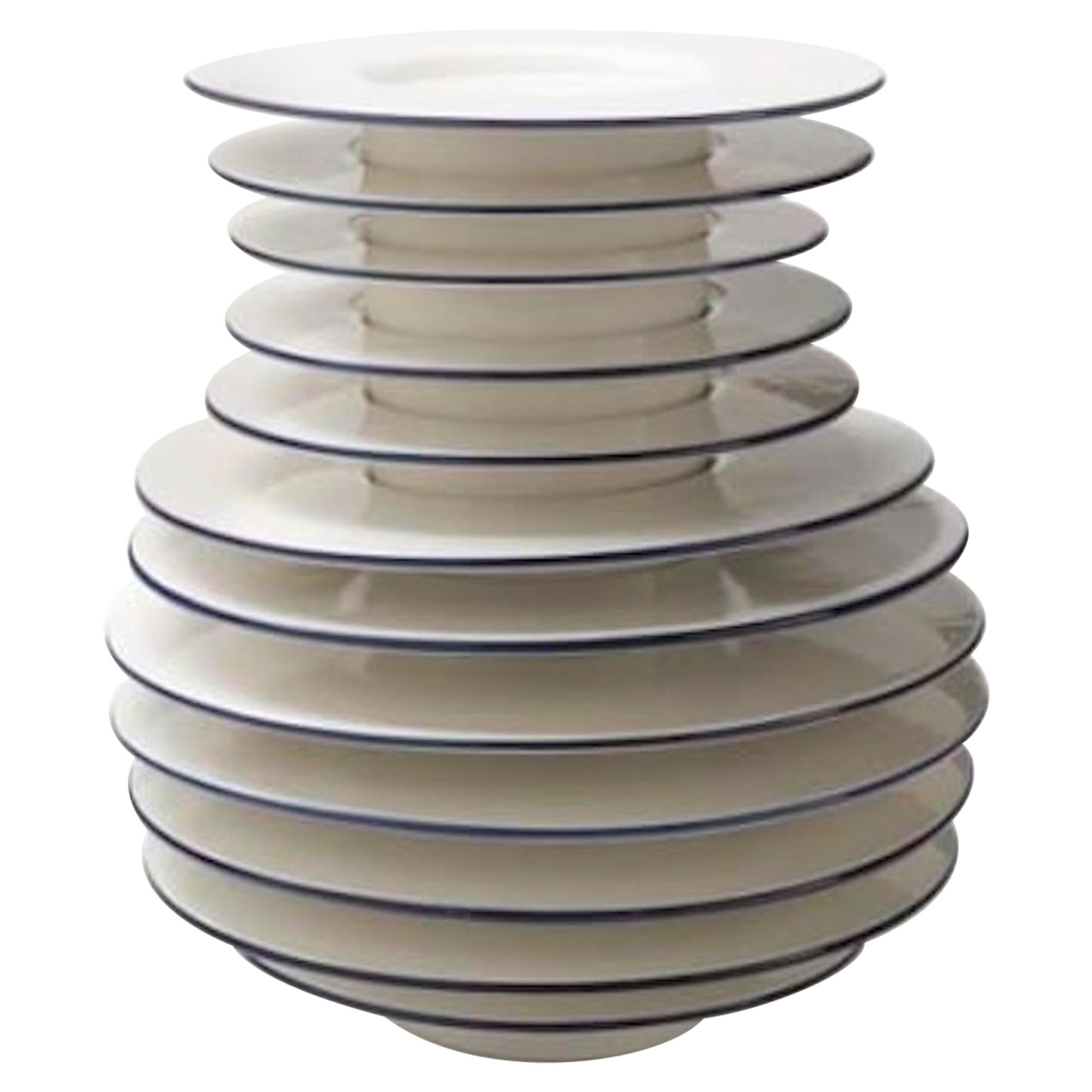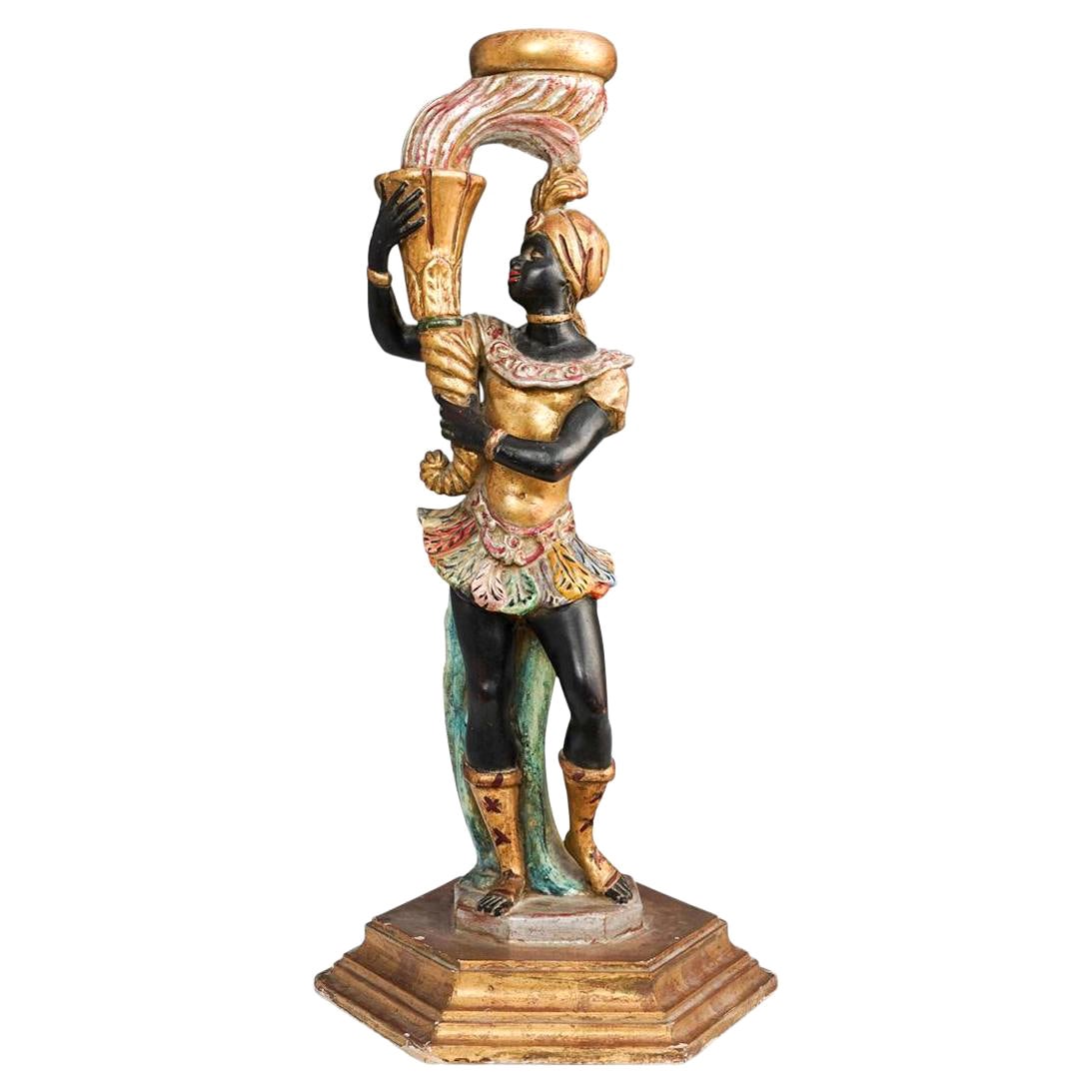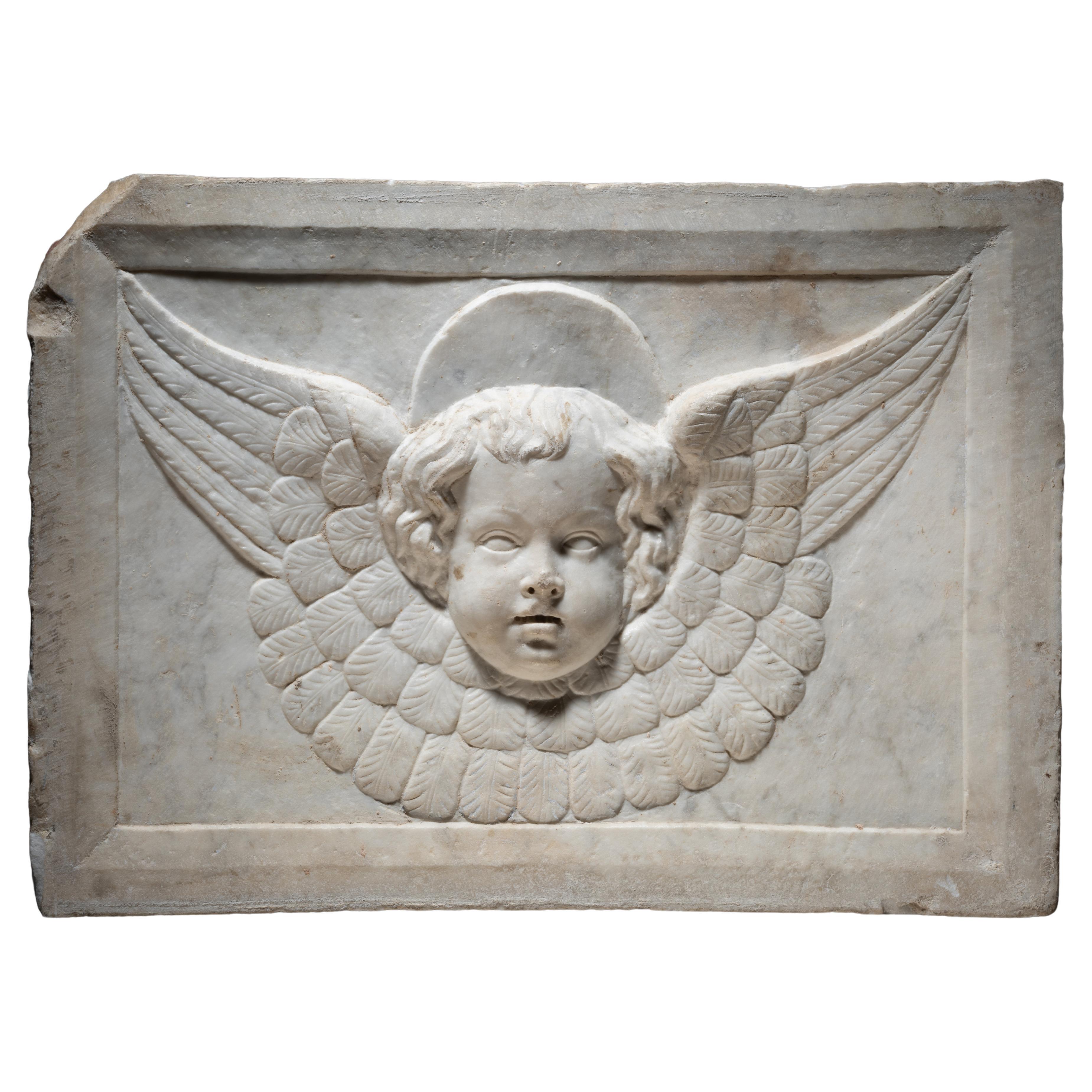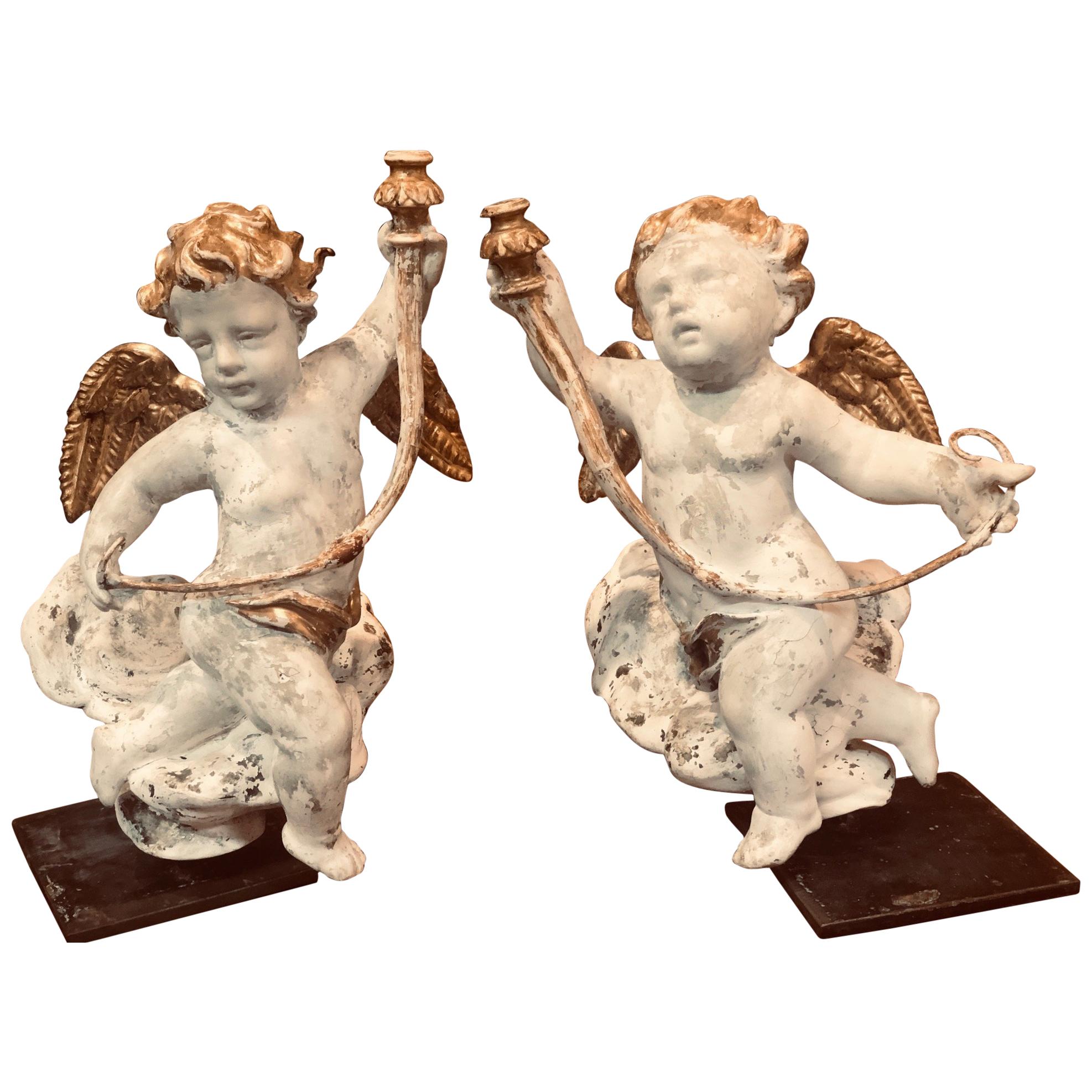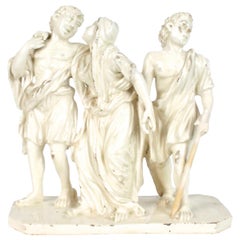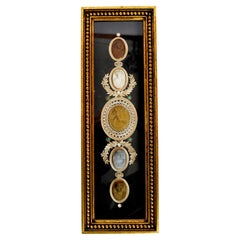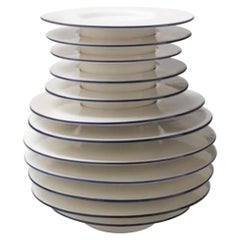
Italian Gilt Carved Pila D'Aqua Santa
View Similar Items
Want more images or videos?
Request additional images or videos from the seller
1 of 5
Italian Gilt Carved Pila D'Aqua Santa
About the Item
- Dimensions:Height: 45.5 in (115.57 cm)Width: 24 in (60.96 cm)Depth: 13.5 in (34.29 cm)
- Place of Origin:
- Period:
- Date of Manufacture:18th C
- Condition:Good.
- Seller Location:valatie, NY
- Reference Number:Seller: 40-1041stDibs: U1008218463225
About the Seller
5.0
Vetted Seller
These experienced sellers undergo a comprehensive evaluation by our team of in-house experts.
Established in 1980
1stDibs seller since 2008
188 sales on 1stDibs
Associations
The Art and Antique Dealers League of AmericaAntiques Associations Members
More From This SellerView All
- Carved Marble Miniature of King Louis XVI, Early 19th CenturyLocated in valatie, NYCarved marble miniature of King Louis XVI, early 19th century. Appears to be in the original frame. N.P. Trent has been a respected name in antiques for over 30 years with a large co...Category
Antique Early 19th Century French Louis XVI Busts
MaterialsStatuary Marble
- 18th Century Italian Group, "Fleeing the Eruption of Mt. Vesuvius" in PompeiiLocated in valatie, NY18th century Italian slipware decorated Pottery Group, "Fleeing the Eruption of Mt. Vesuvius in 79AD" in Pompeii resulting in the death of over 100 people.. No marks. N.P. Trent has...Category
Antique 18th Century Italian Baroque Figurative Sculptures
MaterialsCeramic
- Framed Set of Five Lava Cameos Mid 19th cLocated in valatie, NYFramed set of five Lava Cameos, Mid 19th c. Cameos made of colored limestone were popular souvenirs of a trip to the south of Italy in the 19th century. The material was promoted to ...Category
Antique Mid-19th Century Italian Mounted Objects
MaterialsLava, Foil
- Terracotta After Clodion, a Bacchante Mounted on a Double Marble PedestalBy Claude Michel ClodionLocated in valatie, NYTerracotta after Clodion, A Bacchante Mounted on a Double Marble Pedestal. Signed on the back in the clay "Clodion." Claude Michel Clodion was a French R...Category
Antique Early 1800s French Busts
MaterialsMarble
- Handmade and Painted Diorama Figures of a Village Farm Scene, Christmas DecorLocated in valatie, NYHandmade and Hand Painted Diorama Figures of a Village Farm Scene, Christmas Decoration. Eleven piece diorama with a pastoral scene of animals, people and trees. Includes: a bull, sh...Category
Early 20th Century Swiss Mounted Objects
MaterialsPaper
- Collection of 13 Miniature HeadsLocated in valatie, NYCollection of 13 miniature heads made up of various materials including carved wood, porcelain, bronze, pottery and agate. Age varies from 20th century and earlier. Perfect for a cof...Category
Antique Late 19th Century Unknown Mounted Objects
MaterialsAgate, Bronze
$975 / set
You May Also Like
- Andrea Branzi Italian Ceramic Sculpture Model Pila Superego EditionsBy Superego Editions, Andrea BranziLocated in Milan, ItalyEarthenware. Manufactured by Superego Editions, Italy. Underside with transfer print ‘A. Branzi/Superego/Editions’. 2007. Biography Superego editions was born in 2006, performing...Category
Early 2000s Italian Modern Abstract Sculptures
MaterialsCeramic
- Andrea Branzi Italian Ceramic Sculpture Model Pila Superego EditionsBy Superego Editions, Andrea BranziLocated in Milan, ItalyEarthenware. Manufactured by Superego Editions, Italy. Underside with transfer print ‘A. Branzi/Superego/Editions’. 2007. Biography Superego editions was born in 2006, performing...Category
Early 2000s Italian Modern Abstract Sculptures
MaterialsCeramic
- Italian Hand Carved Gilt Wooden TorchiereLocated in Norton, MAAn Italian carved giltwood woman torchiere depicting a Venetian polychrome sculpture figure holding a large cornucopia torch. With a "Made in Italy" s...Category
20th Century Italian Figurative Sculptures
MaterialsWood
- 20th Century French Carved Wooden Santa DecorationLocated in High Point, NCCapture the festive spirit with the charm of this 20th Century French Carved Wooden Santa Decoration. Impeccably crafted, this delightful piece features ...Category
20th Century French Figurative Sculptures
MaterialsWood
- 18th Century Italian Carved and Gilt Angel TorchèreLocated in Stamford, CTItalian carved and polychrome figure of an angel holding a torchère wearing a gilded robe. Beautifully realized face and hair, this lovely early carving had been mounted as a lamp. G...Category
Antique Early 18th Century Italian Baroque Figurative Sculptures
MaterialsWood
- Cercle of Jacopo della Pila - Marble relief depicting a winged CherubLocated in Bruxelles, BECercle of Jacopo della Pila (Lombard, in Naples 1471-1502) Marble relief depicting a winged Cherub Naples, second half of15th century 40 x 57 x 12 cm Exquisitely carved, this relief portrays a winged cherub with cascading hair and delicate features. The cherub's plump, smooth countenance, rounded cheeks, outlined lips, and finely drawn nose emanate a sense of tenderness. The quadrangular module, is adorned with a carved frame. The relief ascends gradually, transitioning from the low relief of the wings to the high relief of the head. The rectangular frame and the subtly curved form of the artwork suggest that the relief likely adorned the upper part of an arch or a vaulted chapel. The type is that of the perspective room with a coffered ceiling decorated with figures of winged cherubs, which is found in various Neapolitan chapels of the 15th century. Coffered ceilings attest to the recovery of antiquity and the search for luxury in Renaissance architecture, first in Florence, then in Rome and Naples. The majority of the numerous family chapels and tombs built during the late fifteenth century in south of Italy employ the new formal vocabulary of the Florentine Renaissance in a self-confident manner that permitted a broad spectrum of variations. The escalating admiration for the classical world, coupled with the development of perspective, significantly contributed to the Renaissance endorsement of coffered ceilings. This artistic and constructive device drew inspiration from the intricate marble patterns observed in historical landmarks such as the Arch of Titus, the Temple of Vesta in Tivoli, the Pantheon, and the Basilica of Maxentius. A distilled product of both mathematical and artistic cultures, deeply scrutinizing the ancient world, the coffered ceiling plays a vital role in the perspective construction of space with its regular and directional geometry. The motif of the coffered ceiling decorated with cherubs in relief was introduced in Naples by Francesco Laurana in the plastic decoration of the Arch of Castelnuovo. Laurana's impact on the art scene in the south of Italy was profound. The introduction of the winged cherub into the region's artistic vocabulary bridged the gap between the classical and the contemporary, creating a synthesis that resonated with both aesthetic and spiritual sensibilities. His influence extended beyond the immediate visual appeal, shaping the cultural identity of the Renaissance in southern Italy. Although the plastic decoration of the Arch of Castelnuovo cannot certainly be ascribed to a mature Renaissance style, it was precisely on this occasion that the sculptors who worked there could get to know and export throughout the Italian peninsula that type of "Florentine classicism" which, even in the 15th century Naples, was conditioned by the Burgundian culture imported into the Kingdom by Alfonso of Aragon himself, with artists called from Spain and Northern Europe. The coffered ceiling, with its geometric patterns and Laurana's winged cherubs nestled within, became a symbol of refinement and cultural sophistication. The relief sculptures, carefully integrated into the overall design, transformed the ceiling into a celestial realm, inviting viewers to contemplate the divine while immersed in the grandeur of the Renaissance space. Similar winged cherubs appears also in the Naples cathedral. Within the renowned Succorpo Chapel, a mesmerizing marble coffered ceiling adorned with cherubs epitomizes the splendor of the Neapolitan Renaissance. The interplay of light and shadow on the textured surface of the marble coffered ceiling introduces an ethereal dimension, providing an immersive visual experience for observers. The geometric precision and the repeated patterns, reminiscent of classical motifs, establish a sense of harmony and balance that has become the hallmark of the Neapolitan interpretation of Florentine Renaissance aesthetics. Although probably intended to be admired from a distance, this cherub is intricately detailed and exquisitely rendered: the face and hair are elegantly outlined and the feathers are textured through juxtaposed lines. The marble, both figurative and decorative, adheres to the principles of balance and restrained ornamentation typical of the « Florentine Classicism ». Harmonious shapes and gracefully orchestrated curves , rooted in the classical repertoire, converge to evoke a sense of ethereal beauty. The surface displays the masterful use of a chisel to intricately carve the feathers and facial features, creating an almost abstract quality. This work is a testament to a sculptor of great skill and rich figurative knowledge, seamlessly blending classical firmness in contours with a refined treatment of the marble's surface. The combination of tradition and innovation point to a stylistic idiom from Lombardy, in particular we can find some comparaisons with the works of Jacopo della Pila, sculptor of Lombard origin working in Naples in the second half of the 15th century. He is documented there between 1471 and 1502, and is a protagonist of the Aragon Renaissance in the second half of the Quattrocento, together with the other great Northern sculptor active in the kingdom, Domenico Gagini. the first commission he received dates back to August 9, 1471, when Jacopo publicly committed to sculpting the funerary monument of Archbishop Nicola Piscicelli to be placed in the Cathedral of Salerno. The last known work is an altar ordered on July 29, 1502, by the noble Jacopo Rocco for the church of San Lorenzo Maggiore in Naples. Between these two chronological extremes (1471-1502), we must place the fervent activity of the artist, who had trained in Rome, perhaps under the guidance of Paolo Romano but also engaged in dialogue with other major artists of the city, especially Isaia da Pisa. He enriched his experience in Naples, initially drawing inspiration from the works of Domenico Gagini and later from the Tuscan masterpieces of Antonio Rossellino and Benedetto da Maiano destined for the church of Santa Maria di Monteoliveto. Jacopo della Pila's artistic personality is thus based on a complex interplay of influences, contributing to the definition of a highly personal style. Close comparaison can be made between our cherub and the winged angels reliefs...Category
Antique 15th Century and Earlier Italian Renaissance Figurative Sculptures
MaterialsMarble

